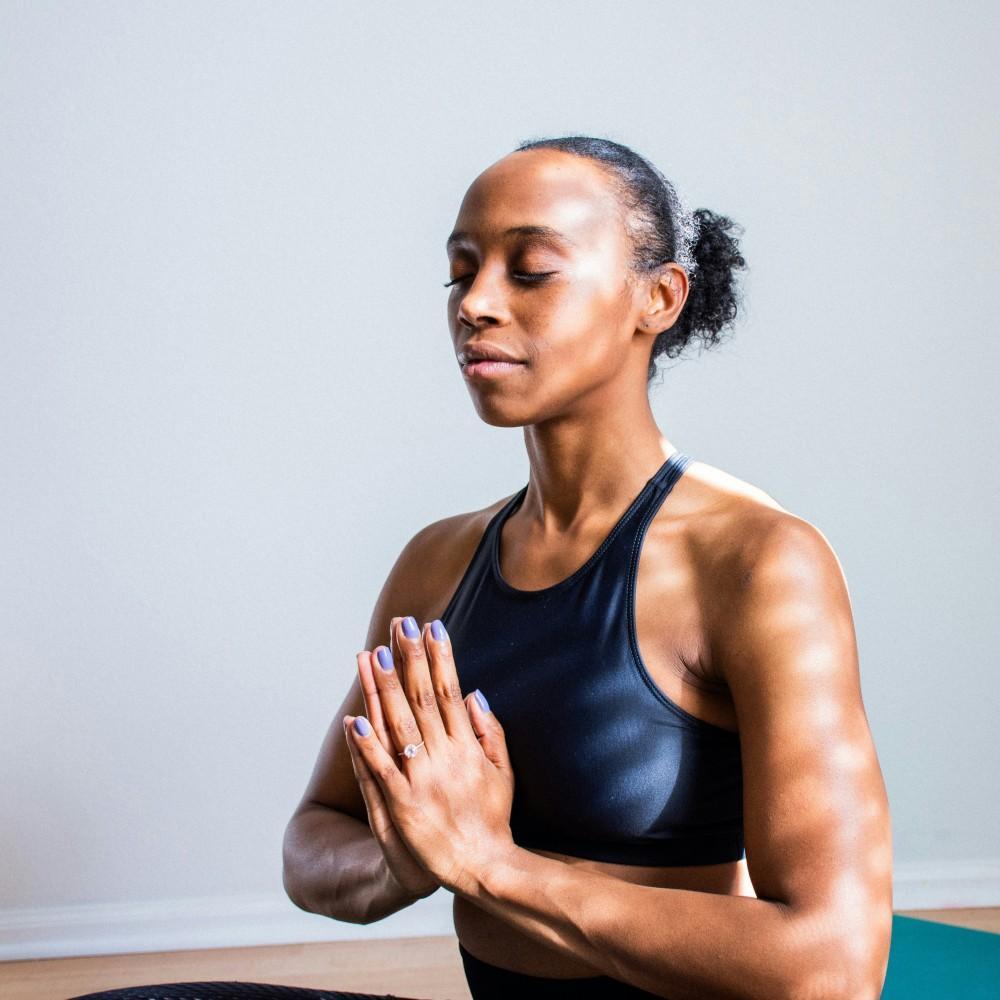
How To Prevent Achilles Injuries?

How To Prevent Achilles Injuries?
The Achilles tendon, or tendon calcaneus, is a large ropelike band of fibrous tissue in the back of the ankle that connects the powerful calf muscles to the heel bone (calcaneus). The Achilles tendon is the largest and strongest tendon in the human body, and it is formed from tendinous contributions of the gastrocnemius and soleus muscles. The tendons converge approximately 15cm proximal to the insertion at the posterior calcaneus. When viewed in cross-section, the right Achilles tendon appears to spiral analogously. The spiraling of the tendon as it reaches the calcaneus allows for elongation and elastic recoil within the tendon, facilitating storage and release of energy during locomotion. This phenomenon also allows higher shortening velocities and greater instantaneous muscle power than could be generated by the gastric-soleus complex alone. When the calf muscles contract, the Achilles tendon is tightened, pulling the heel. This allows you to point your foot and stand on tiptoe. It is vital to such activities as walking, running, and jumping. A complete tear through the tendon, which usually occurs about 2 inches above the heel bone, is called an Achilles tendon rupture, but lesser levels of strain or tear occur most often.
Causes
The Achilles tendon can grow weak and thin with age and lack of use. Then it becomes prone to injury or rupture. Certain illnesses (such as arthritis and diabetes) and medications (such as corticosteroids and some antibiotics) can also increase the risk of injury. Achilles tendon injuries most commonly occur in middle-aged male athletes who are intermittently active. Injury often occurs during recreational sports that require bursts of jumping, pivoting, and running.
The injury can happen in these situations:
- You make a forceful push-off with your foot while your knee is straightened by the powerful thigh muscles. One example might be starting a foot race or jumping.
- You suddenly trip or stumble, and your foot is thrust in front to break a fall, forcefully overstretching the tendon.
- You fall from a significant height.
Prevention
First off, wear the right daily shoes and sports shoes. The way a person walks, runs, and jumps is related to their individual biomechanics: their bone, muscle, and tendon structure. Achilles tendon injuries can be caused by common biomechanical issues such as high arches, low arches, having legs of slightly different lengths, etc. Biomechanical issues can often be addressed by wearing the right shoes.
Warm up before stretching or exercising. The term “warm up” should be taken literally: exercise muscles a little to heat them up just prior to stretching or exercise. Spend a minimum of eight to ten minutes warming up. Warm-up examples include walking slowly on a treadmill, lower body cycle, etc.
Stretch between warming up and exercising, and then again after exercising. Stretching helps prevent injury and flexibility is a key component of fitness. Stretch the back, hip, thigh, and calf muscles. Tightness in one can lead to undue strain and tightness in the others. Pay particular attention to stretching the calf muscles because they are directly connected to the Achilles tendon. Stretching can be done lying down, sitting, or standing. However, some stretches are easier to do with an elastic band pull, when leaning against a wall or on an inclined surface. Stretches are usually named after the muscle being stretched, i.e., gastric (gastrocnemius) stretches and soleus stretches for the calf muscles. Stretch gently and slowly.
As part of a stretching program, don’t forget chiropractic care. Chiropractic care reduces muscle and tendon tightness, promotes healing, and reduces the time muscles need to recover from exercise and increases flexibility. You can’t properly stretch your muscles when your joints are dysfunctional.
Flexibility is difficult for many people to achieve. It often takes weeks or months of consistent stretching to achieve greater flexibility. Consistency in the stretching routine is the key to greater flexibility.
If you do aerobic and strengthening exercises on the same day, do the aerobic exercises first. In aerobic exercises, such as running or tennis, the leg muscles act as shock absorbers to protect the Achilles tendons. They work to keep the body aligned so that the Achilles tendons are not unduly twisted, stretched, or strained. Strengthening exercises, such as weight-lifting, are done to the point of muscle exhaustion. If strengthening exercises are done first, then the muscles will be too tired to do a good job protecting the Achilles tendons during aerobic activity, increasing the chance of injury.
Summary
By learning more about Achilles tendon injuries, we can better understand how to prevent and treat symptoms associated with it. When Achilles tendon injuries are present, whatever is required depends on the area affected and the symptoms present, and that is why it is important to have a team of doctors that is able to identify the root cause.
At BBC Health in Lewisville, Texas, we know how to identify, treat, or refer in the proper direction for any problems with your feet or walking gait. As a primary care provider, we can quickly provide medical, chiropractic, and rehab treatments in order to get you well as fast as possible. If you’re suffering from foot pain, don’t delay, and contact us immediately to see how we can help.
You Might Also Enjoy...


How You Can Prevent Injuries

Rediscover Comfort: Exceptional Physical Medicine & Chiropractic Care at BBC Health Lewisville

Chiropractic Care During Pregnancy: A Safe Path to Comfort and Natural Delivery

BBC Health in Lewisville: Serving Veterans and Their Families with CHAMPVA



